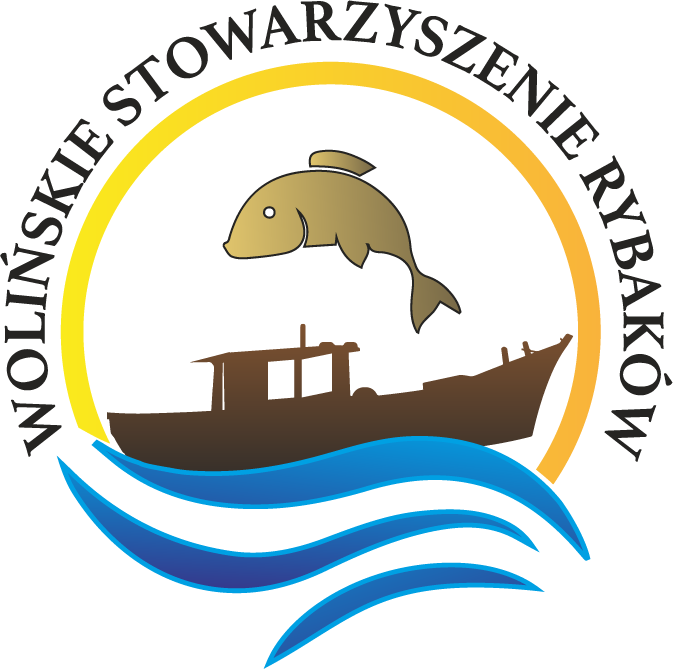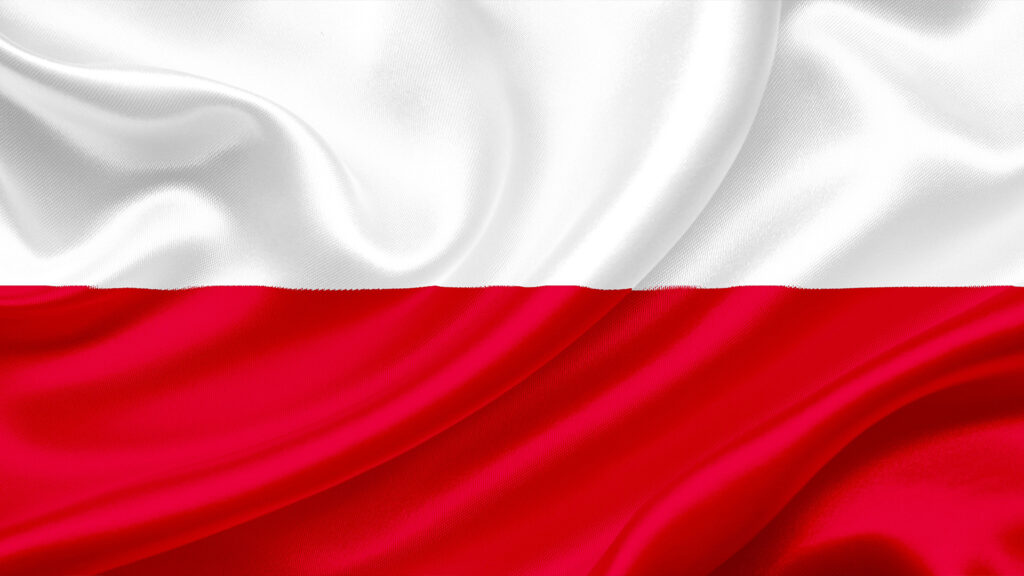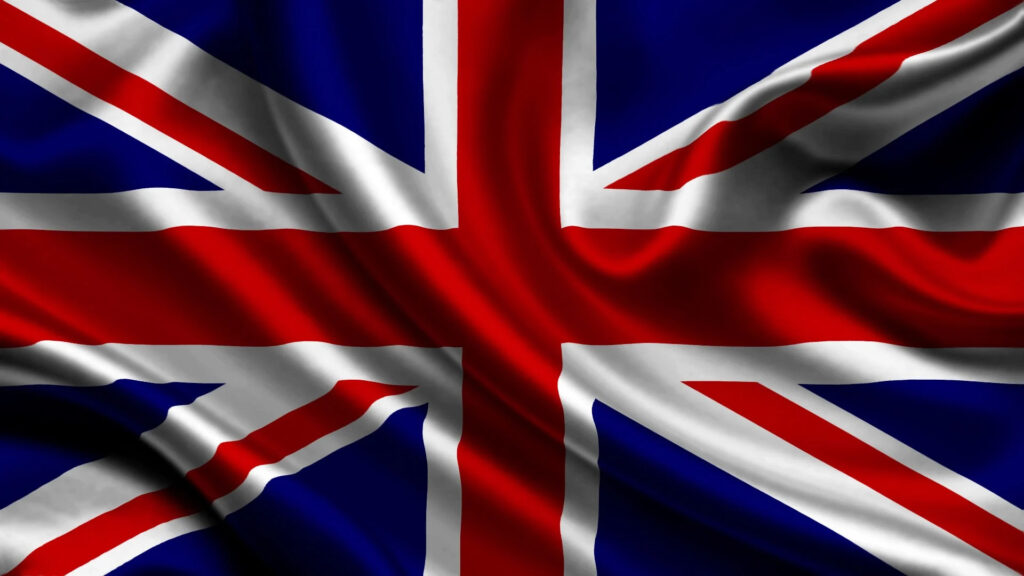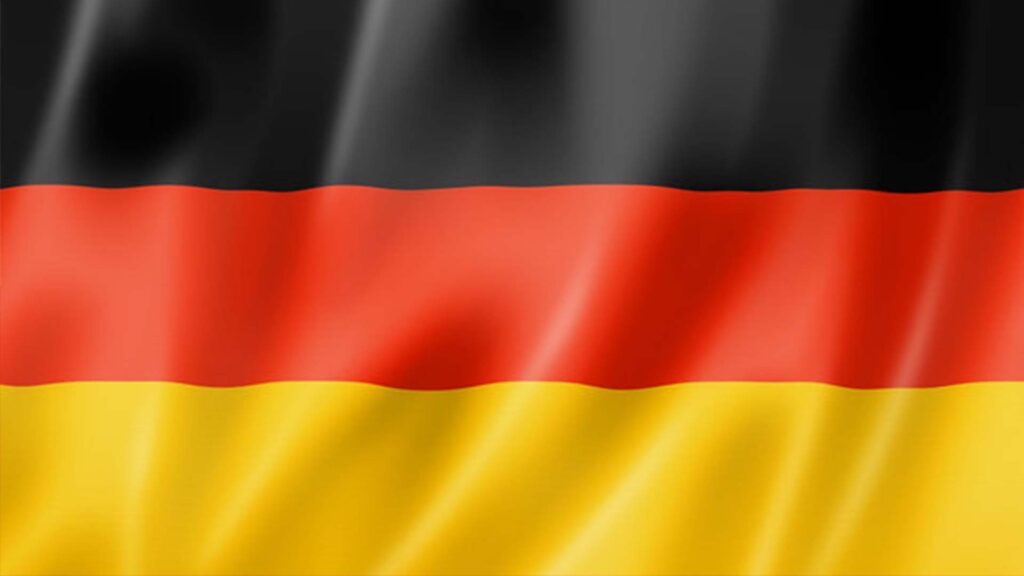Waters
Szczecin Lagoon
The Szczecin Lagoon is the southernmost bay of the Baltic Sea, separated from it by the islands of Usedom and Wolin. It is located within the municipalities of Goleniów, Stepnica, Międzyzdroje, Wolin, Nowe Warpno, Police, and the city of Świnoujście. The Szczecin Lagoon is connected to the sea by three straits: Peene, Świna, Głęboki Nurt, and Dziwna. It is classified as an internal marine water body. Its surface area is 687 km², length is 55 km, width is 22 km, volume is 2.58 km³, and the average depth is 3.8 m.
It is a body of water characterized by variable hydrochemical conditions, caused by the interaction between seawater and inland waters. The inflow of water from the Baltic Sea depends on the direction and speed of the wind, sea conditions, atmospheric pressure, and the water level in the lagoon. Water exchange occurs on average 6-7 times a year. Salinity in the central part of the lagoon ranges from 0.5‰ to 2‰.
Read more…
The Szczecin Lagoon consists of two parts separated by shoals: the Small Lagoon located on the German territory and the Great Lagoon located on the Polish territory. The water exchange in the Small Lagoon occurs with less intensity compared to the Great Lagoon, which is characterised by a high variability of water salinity. The Great Lagoon is traversed by a waterway, established in the late 19th century, with a length of 20 km, leading from Świnoujście to Szczecin. This waterway has a significant impact on the intensity of water exchange between the Great Lagoon and the Pomeranian Bay. The average depth of the constantly deepened waterway is around 10-11 m. In recent years, dredging of the waterway has been carried out, allowing ships with a large draft to reach Szczecin.
The main tributary of the Szczecin Lagoon is the Oder River. Other significant tributaries include Gowienica, Piana, Świniec, Wkra, Wołczenica, and Zarow.
The main bays of the Szczecin Lagoon are the Nowe Warpno Bay, Skoszewo Bay, and Oder Estuary, where the Oder River flows into. Smaller bays include Boleń, Diabły, Krzecki Zalew, Zatoka na Palach, and Wielkomękowska Głębia.
The Szczecin Lagoon is separated from the Baltic Sea by the islands of Usedom, Wolin, and several islands in the delta of the Świna River. In addition, there is the Island Łysa, which encloses Lake Nowowarpieńskie, and Adamowa Island (Wichowska Kępa) in the Oder Estuary, as well as two artificial islands created from excavation material during dredging works: Chełminek and Wyspa Refulacyjna, both located near Trzebież, at the mouth of the Oder Estuary.
In 2019, two additional islands were created from material obtained during the dredging of the Szczecin-Swinoujscie waterway. Wyspa Śmięcka was formed in the eastern part of the lagoon, near the village of Czarnocin and is intended to be used as a refuling area. Brysna is located south of the islands of Karsibór and Wielki Krzek and is intended to become a bird reserve.
On the Polish shore of the Szczecin Lagoon, there are three seaports: Trzebież, Stepnica, and Nowe Warpno. In the surrounding adjacent waters in Poland (Świna, Wicko Wielkie, Dziwna, Oder), there are also 11 other seaports. On the German shore, there are seaports in Kamminke, Mönkebude, and Ueckermünde. Nearby ports and marinas are also located on the Usedomer See and in the Peene Strait.
The Szczecin Lagoon Nature 2000 Bird Protection Area covers an area of 472 km². It includes the Polish part of the Szczecin Lagoon along with adjacent areas, such as forests, meadows, pastures, and arable land.
The protected area extends to the Oder Estuary and the Western Oder Delta in the vicinity of Police, including the islands of Karw Wielki, Długi Ostrów, and Radzin. In addition to the waters of the lagoon, the nature reserve includes Lake Nowowarpieńskie, meadows near Nowe Warpno and Warnołęka, the coastal belt of Puszcza Wkrzańska, Struskie Bagna south of Trzebież, and the estuary section of the Oder River along with several islands in the Police County. In the vicinity of Wolin, extensive agricultural fields and the Rów Peninsula, which is part of the Wolin Island, adjoin the lagoon. Located on the eastern shore of the Szczecin Lagoon, the Czarnocin Basin is one of the richest peatland areas in northwestern Poland. This area is located at the interface of freshwater and brackish environments and is of significant importance for fish species occurring in this area. It lies on the migratory route of many fish species during the spawning season. Archaeological research has shown the presence and catch of at least 20 species of ichthyofauna representatives as early as the Middle Ages.
According to scientists, during the interwar period, the Szczecin Lagoon was inhabited by 22 fish species permanently, and 14 species appeared in catches sporadically. Roach, eel, and bream dominated the catches, with fishing yields ranging from 2,200 to 4,900 tons of fish.
After 1945, fishing yields fluctuated between 1,800 and 3,700 tons of fish. Currently, perch, roach, and bream dominate the catches. The Szczecin Lagoon Nature Reserve is one of the most important wetland bird reserves in Poland, primarily serving as a refuge for migratory and wintering birds. This place is one of the main breeding sites for species such as the great crested grebe, shelduck, and greylag goose. It is also an important feeding and resting area for these birds. Migrating whooper swans, bean geese, little gulls, as well as wintering cormorants, white-fronted geese, and breeding sites for species such as the white-tailed eagle and black tern can be found here.
There are many bathing areas along the lagoon, which are used during the summer season, such as Popielewo, Nowe Warpno, Trzebież, and Stepnica. The shallow waters of the Szczecin Lagoon, especially in the area of Czarnocin, along with favorable western winds, create the best and safest conditions in Poland for windsurfing and kitesurfing.
The Szczecin Lagoon is a very attractive fishing ground for anglers. It is home to almost all species of cyprinid fish found in Polish waters, as well as predators such as perch, zander, pikeperch, catfish, pike, salmon, and sea trout. It is also possible to encounter rarer species such as migratory smelt, asp, ide, or other rare representatives of the carp family, such as the blowfish.
The waters of the Szczecin Lagoon also contain remnants of war. In July 2019, sappers removed a half-ton mine found in the area of the first railway gate, and in the vicinity of Police, sappers detonated a 250 kg amatol bomb that had survived in moist soil for over 70 years and turned out to be completely operational. In 2019, a 5-tonne Tallboy bomb was discovered in the area of the ferry corssing Karsibor, and exploded underwater during a sapper action.
In the Szczecin Lagoon, there are alien species brought to Europe by accident, e.g. the bristlenose crayfish, which carried the crayfish plague, nearly eliminating the native noble crayfish. There is also the zebra mussel, which encrusts the shells of sharp-edged, calcareous volcanic rocks and anything hard submerged in water. The Chinese mitten crab is another species found in the lagoon, which migrates upstream and significantly damages the bottom and vegetation.
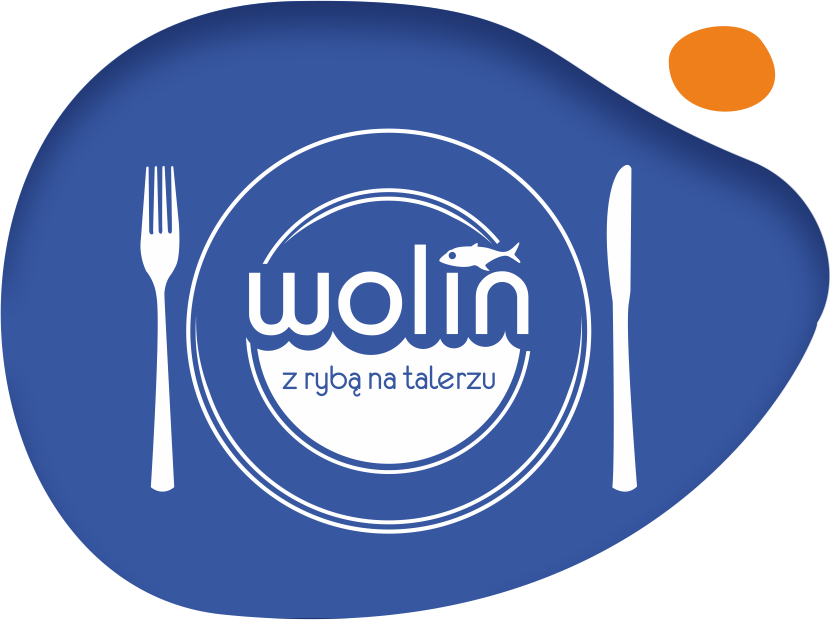
Kamieński Lagoon
The lagoon on the Dziwna River is located in northwestern Poland, in the West Pomeranian Voivodeship, near Kamień Pomorski. The surface area of the lagoon is 125.07 km², with an average depth of 3.5-4 m.
The shores of the lagoon consist of shallows where many species of aquatic plants – hydrophytes – thrive. From the western side, the waters of the Lewieńska Stream flow into the lagoon, coming from Lake Koprowo. In the northeastern part, before the Dziwna River flows into the Baltic Sea near Dziwnów, the lagoon forms the Wrzosowska Bay, which is connected to it through the Sokolicki Channel.
On the southeastern shore, there is the Karpinka Bay, receiving water from the Świniec River. The lagoon is connected to the Cicha Bay through the Promna Bay. The southern boundary of the lagoon is formed by Chrząszczewska Island, which is the third largest island in Poland.
From the south, the Kamieński Lagoon is connected to the Szczecin Lagoon through the Dziwna Strait. The direction of the water flow in the Dziwna River changes at different times of the year. The outflow usually occurs in spring, while in other periods, during northwest winds, inflows of water from the Pomeranian Bay can occur (known as the “cofka” phenomenon).
The Dziwna River is colloquially referred to as a river because its current is clearly visible. The name of the Dziwna Strait (“Weird” Strait) reflects the peculiar phenomenon of water flowing upstream, which must have seemed strange enough for the river to get this name. The water quality is determined by the hydrodynamics of the Dziwna Strait, as research results depend significantly on the current state of the sea and the direction of the wind. The Kamieński Lagoon (along with the Dziwna) constitutes Poland’s inland marine waters.
The towns located along the Kamieński Lagoon are: Dziwnów, Dziwnówek, Wrzosowo, Kamień Pomorski, and Międzywodzie.
On the lagoon, there is the Głaz Królewski, a large glacial erratic boulder with a circumference of about twenty meters, which served as a reference point in ancient times. The impressive size of the boulder and its location have given rise to many legends associated with it. Among other things, the city of Kamień Pomorski derives its name from this boulder.
Until 1945, the lagoon was known by its German name, “Camminer Bodden.” In 1949, the officially established Polish name became “Kamieński Zalew.” In 1991, the current order of the name, “Zalew Kamieński,” was established.
The lagoon is part of the Special Protection Area for Birds “Zalew Kamieński i Dziwna” and the Special Area of Conservation “Ujście Odry i Zalew Szczeciński.” It is an important sanctuary for migratory waterfowl in the country. It serves as a breeding ground for waterfowl species such as the great crested grebe, Eurasian coot, and common snipe, and as a resting place for migratory birds, including cormorants, mute swans, bean geese, greylag geese, wigeons, tufted ducks, gadwalls, and pochards.
Bay of Pomerania
The Pomeranian Bay is an open bay in the southwestern part of the Baltic Sea, along the coasts of Poland and Germany. It stretches from the island of Rügen in the west to Jarosławiec in the east. The bay has a surface area of 311,877.3 hectares, a depth of up to 20 meters, and a water volume of approximately 73 cubic kilometers. The salinity of the bay is 7.5-8.0‰. The bay is connected to the Szczecin Lagoon through the straits of Piana, Świna, and Dziwna. It is part of the Oder Estuary. The bay is characterized by variable hydrochemical conditions resulting from the interaction between marine and inland waters. Eutrophication of the waters in the Pomeranian Bay is caused by the inflow of nutrient-rich waters from the Szczecin Lagoon. The area encompasses a water body with a diverse seabed, ranging from sandy shoals to extensive gravel and boulder fields. The central part of the Pomeranian Bay is occupied by a large shallow area known as the Odra Shoal.
The Pomeranian Bay is protected under the Natura 2000 project due to being one of the three most important wintering areas for waterbirds in the Baltic Sea. Waterbirds occur here in concentrations of over 20,000 individuals, with over 100,000 individuals during winter. The bay is home to important bird species for Europe, such as the white-tailed eagle, black-throated diver, red-throated diver, and horned grebe. Additionally, it is an important area for the population of sprat, a species of herring-like fish. Porpoises are also regularly observed here.
The ports of Sassnitz and Świnoujście are located within the Pomeranian Bay. The bay is connected to Szczecin through a continuously deepened waterway for maritime vessels, spanning a length of 99.7 kilometers (passing through Świnoujście, Świna, the Szczecin Lagoon, and the Oder River).
The area of the Pomeranian Bay includes coastal waters. Along the entire length of the coast, numerous resorts and bathing areas have been established, including Seebad Heringsdorf, Seebad Ahlbeck, Ostseebad Zinnowitz, Świnoujście, Międzyzdroje, and Dziwnów.
Tourist attractions in the Świnoujście region include the lighthouse from 1858, “Młyn” (a windmill-shaped navigational landmark), the Maritime Fishing Museum, the 18th-century Church of Christ the King, the 19th-century Church of Our Lady “Stella Maris,” the tower of the former Protestant church (currently the highest viewing point), Gerhard’s Fort (a 19th-century coastal fort), and the Angel’s Fort, built between 1845 and 1858. Tourist attractions in Międzyzdroje include the Aquarium, the Educational-Museum Center of the Wolin National Park, the Natural History Museum of the Wolin National Park, a bison reserve and exhibition farm, and the viewpoint “Gosań Mountain.”
Since 1970, the waters of the Pomeranian Bay have been studied by two research laboratories (the laboratory of the Voivodship Inspectorate for Environmental Protection in Szczecin and the State Office for Environment and Nature in Stralsund) as part of Polish-German cooperation in the border waters. The coastal zone (up to a distance of 4.5 nautical miles from the shore) is the subject of research, as it consists of relatively shallow shelf waters that are highly susceptible to eutrophication.
Due to the shallow depth of the bay, cod is not as abundant here, as it prefers colder and more saline areas of the Baltic Sea. However, it is an excellent fishing ground for herring, especially during the spring when large shoals of this species come to the coastal zone for spawning. The coastal zone of the Pomeranian Bay is also a great recreational fishing area. Anglers can expect to catch migratory sea trout, flounder, sizable bream and roach, as well as garfish and eels.


